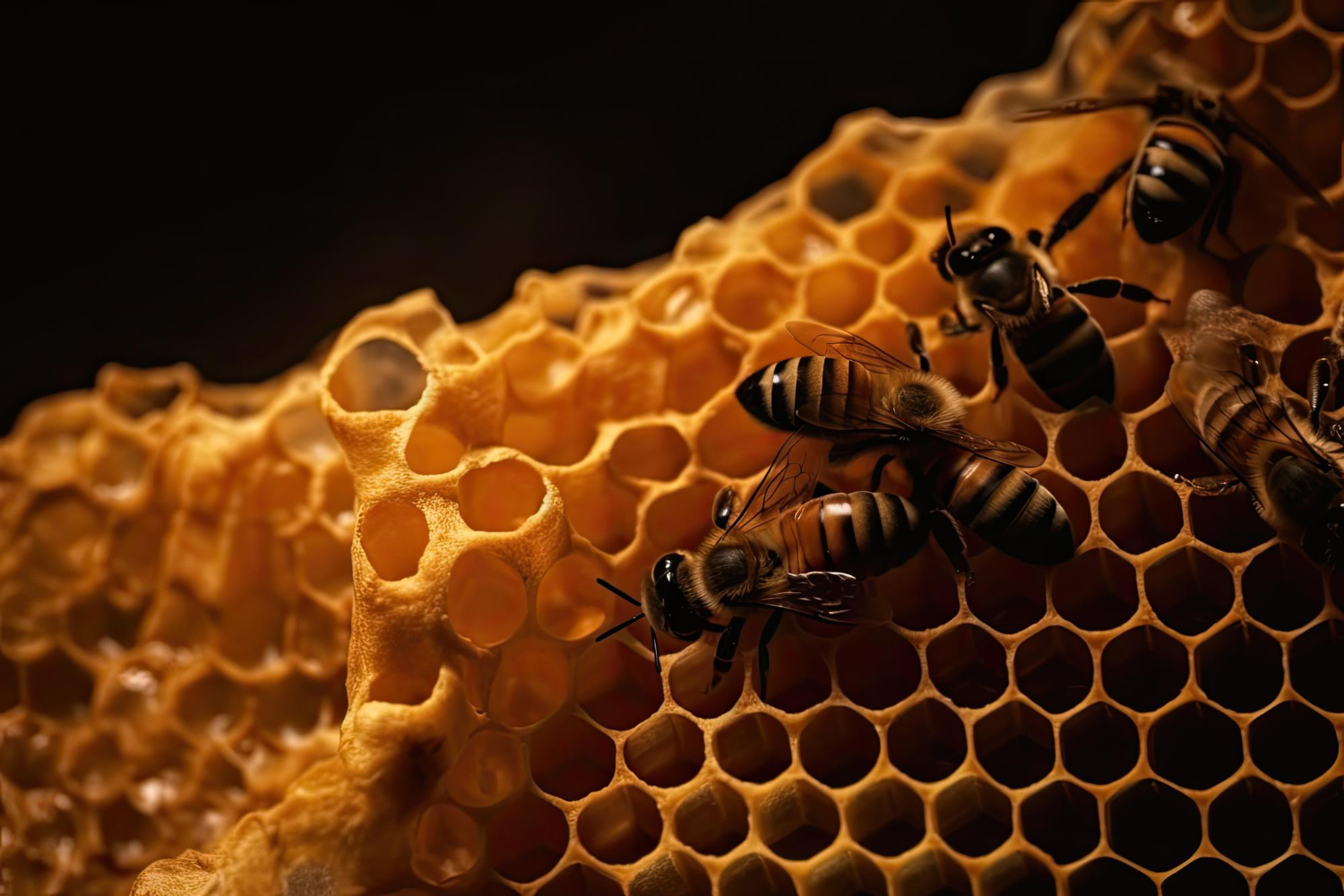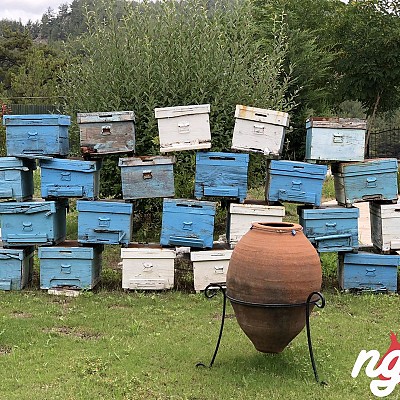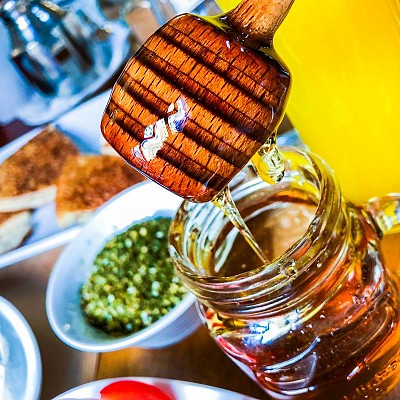Honey and honeybees have fascinated humans for centuries. These incredible insects and their sweet, golden nectar have a rich history and a wide range of uses. In this article, we will explore ten amazing facts about honey and honeybees that you might not be aware of.
Bees Are Expert Architects
Honeybees are remarkable architects. They construct their hives with precision and care. These hexagonal wax cells, also known as honeycomb, are not only efficient storage units for honey and pollen but also provide structural stability to the hive. Bees use their body heat to soften the wax and shape it into perfect hexagons, making the most of the available space.
As such, humans have marveled at how bees construct their hives. With centuries of spending lives with bees, many beekeepers have somewhat perfected recreating bee hives that bees can comfortably inhabit. Nowadays, you can even have Bee Hives delivered to your doorstep. With a few steps to set it up, you can have bees coming in at no time.
The Incredible Journey of Foraging Bees
Foraging bees travel incredible distances to collect nectar. Some bees can fly up to five miles in search of flowers, and they can visit over 100 flowers on a single foraging trip. This dedicated effort is what makes honey production possible.
Honey Never Spoils
Honey's remarkable ability to resist spoilage is a testament to its unique chemical composition. Honey has a low moisture content, usually around 18%, which is inhospitable for most microorganisms.
Bacteria and other potential spoilage agents require a certain level of moisture to survive and thrive, and honey's lack of moisture essentially dehydrates these microorganisms, preventing them from causing spoilage. Additionally, honey is acidic, with a pH around 3.9, further inhibiting the growth of bacteria.
This exceptional preservation quality has been observed in honey jars recovered from ancient Egyptian tombs and other archaeological sites. Honey remains not only safe to eat but also nearly unchanged in texture and flavor, even after thousands of years. The fact that honey doesn't spoil makes it a unique and versatile food substance with a long shelf life that makes it a valuable addition to our culinary and medicinal traditions.
Bees Are Essential Pollinators
Honeybees play a crucial role in pollinating a wide variety of plants, including many of the fruits and vegetables that we rely on for our food. Without honeybees, the world's agriculture and ecosystems would suffer greatly.
A Single Hive Can Produce a Lot of Honey
A healthy beehive can produce around 60 to 100 pounds of honey per year. The exact amount depends on factors such as the availability of flowers, the hive's size, and the local climate. It's an impressive feat, considering that each honeybee will produce only a tiny amount of honey in its lifetime.
The Flavor of Honey Depends on the Flowers
The flavor and aroma of honey can vary greatly depending on the types of flowers visited by the bees. This phenomenon is known as "terroir," and it's similar to how the taste of wine can be influenced by the grapes' origin. For example, clover honey, orange blossom honey, and lavender honey all have distinct flavors and scents.
Honey Has Medicinal Properties
Honey's use as a natural remedy dates back thousands of years, and it continues to be valued for its various medicinal properties. One of the most well-known benefits of honey is its antibacterial properties.
The low moisture content and high acidity create an inhospitable environment for bacteria, making honey an effective option for wound care. When applied topically to cuts, burns, or other skin injuries, honey can help prevent infection and promote healing.
Manuka honey, which originates from New Zealand and Australia, is particularly renowned for its potent antibacterial qualities. It contains a unique compound called methylglyoxal (MGO) that enhances its antibacterial effects. Manuka honey is used in medical settings to treat wounds and is found in various medical-grade products.
In addition to its antibacterial properties, honey is also known for its ability to soothe sore throats and alleviate coughs. Mixing honey with warm water or herbal tea is a time-tested home remedy for soothing throat irritation and coughing. The thick, viscous texture of honey provides a soothing coating for the throat, while its natural sweetness can help relieve the discomfort of a dry or scratchy throat.
But while honey can have several potential health benefits, it's best to avoid giving it to infants. Honey can contain botulism spores, and babies don’t have the intestinal flora to defend against it. When babies eat honey, they have a high risk of having infant botulism, a rare but serious illness.
Bee Decline and Conservation Efforts
Honeybees and other pollinators are facing serious challenges, including habitat loss, pesticide exposure, and climate change. Their decline has significant implications for agriculture and the environment. Many organizations and individuals are working tirelessly to raise awareness about the importance of bees and to implement conservation efforts to protect these vital insects.
Conclusion
Honeybees and honey are not only a source of fascination but also vital components of our ecosystem and agriculture. Their incredible abilities, dedication, and the sweet reward they produce in the form of honey make them truly remarkable creatures. Understanding and appreciating the role of honeybees in our world can inspire us to take action to protect and conserve these invaluable pollinators for future generations.





































